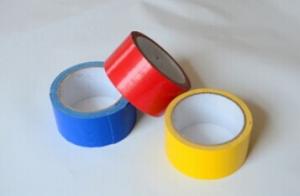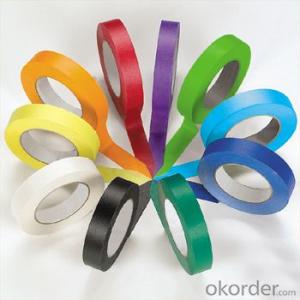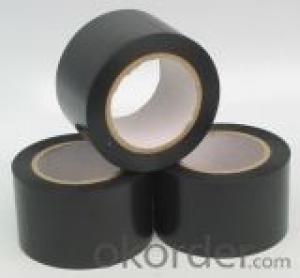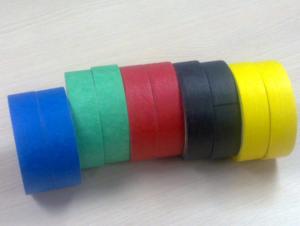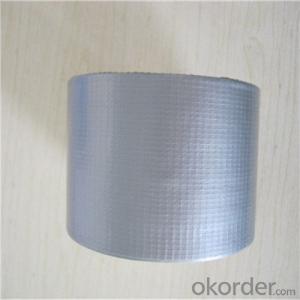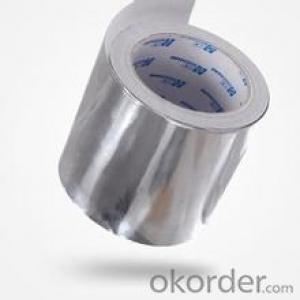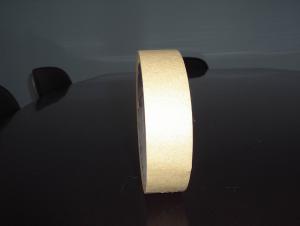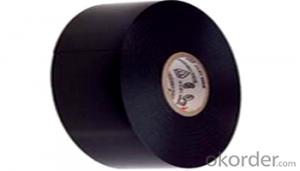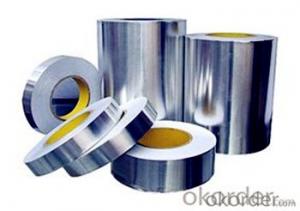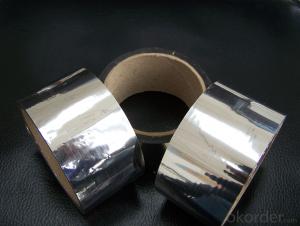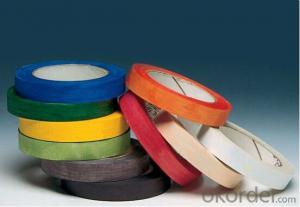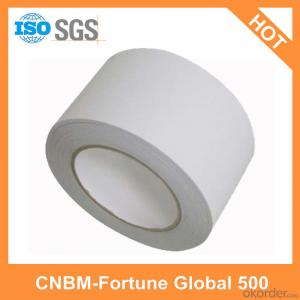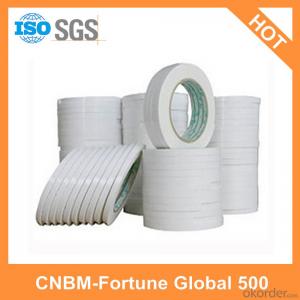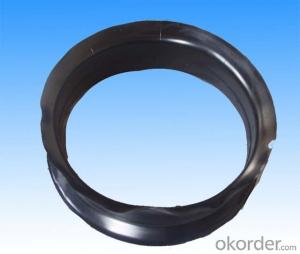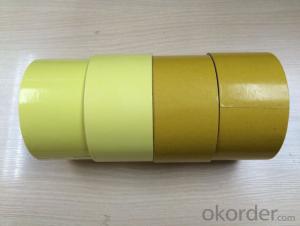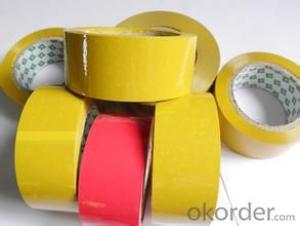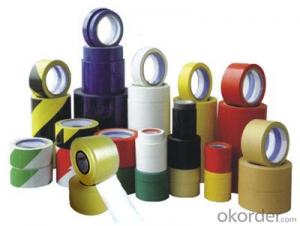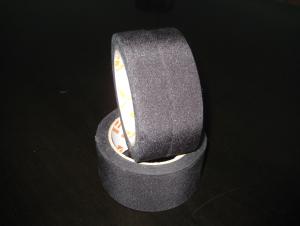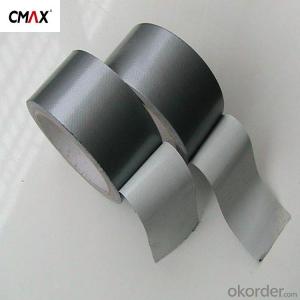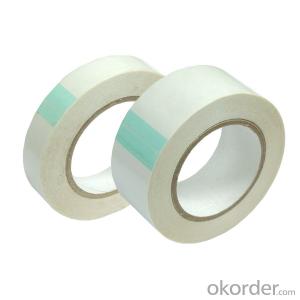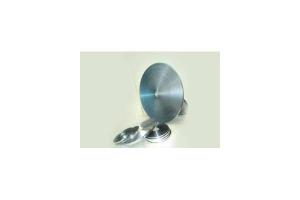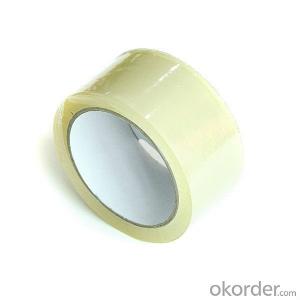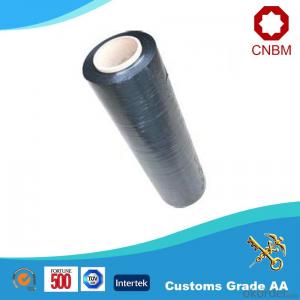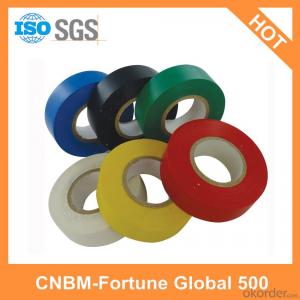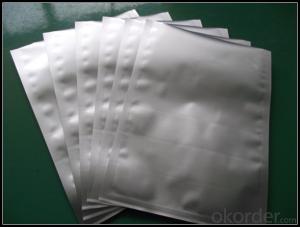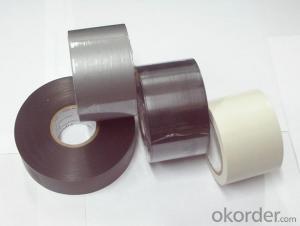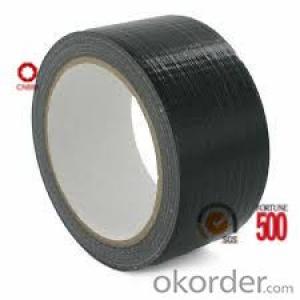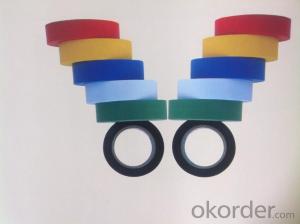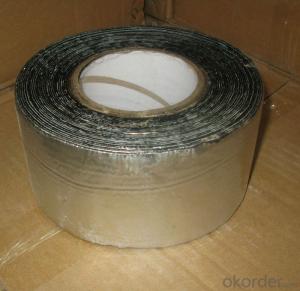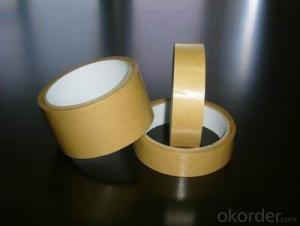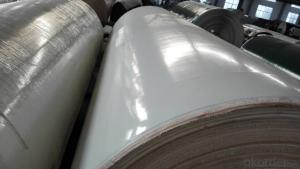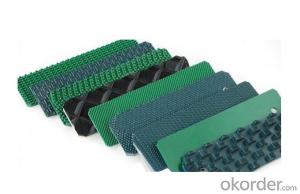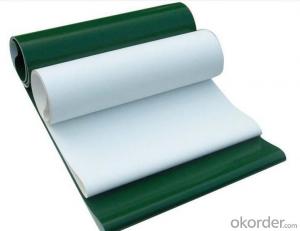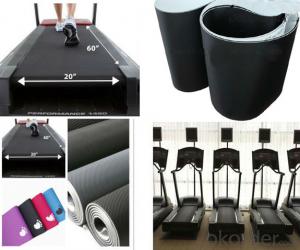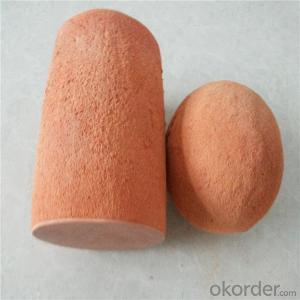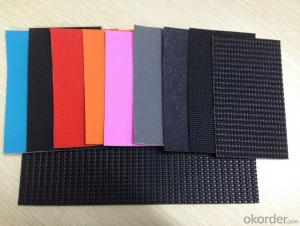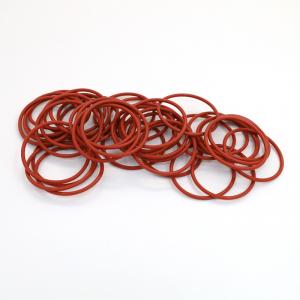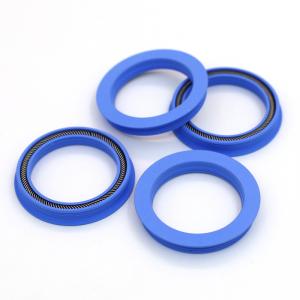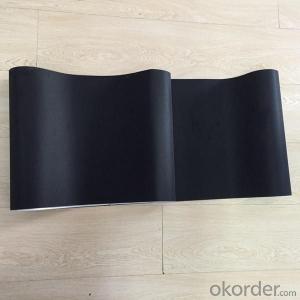Best Shipping Tape
Best Shipping Tape Related Searches
Shipping Tape Heavy Duty Shipping Tape Best Place To Buy Packing Tape Packaging Tape Transparent Packing Tape Strongest Two Sided Tape Packaging Tape Art Package Sealing Tape Cheapest Place To Buy Packing Tape Heavy Duty Packaging Tape Personalised Packing Tape Binding Tape Mailing Tape Strongest Double Sided Tape Available Nylon Packing Tape Best Double Sided Tape For Woodworking Aluminium Tape Aluminum Tape Opp Packaging Tape Moving Tape Heavy Duty Mounting Tape Binding Cloth Tape Printed Box Tape Protective Film Tape Aluminum Sealing Tape Copper Tape Cheap Duct Tape High Temperature Aluminum Tape Clear Plastic Shipping Tubes Automotive Masking TapeBest Shipping Tape Supplier & Manufacturer from China
Best Shipping Tape is a high-quality adhesive tape designed specifically for packaging and shipping purposes. It is known for its strong adhesion, durability, and resistance to tearing, making it an ideal choice for securing boxes and parcels. This tape is widely used in various industries, including e-commerce, logistics, and retail, to ensure that packages are securely sealed and protected during transit. Its versatility allows it to be used in a range of applications, from sealing boxes to labeling packages, and it is a staple in any shipping department.Best Shipping Tape is a product that has become essential in today's fast-paced shipping environment. It is used to ensure that packages are securely sealed, protecting the contents from damage and theft. The tape is also useful for labeling packages with shipping information, making it easier for couriers and postal services to process and deliver items. Its strong adhesive properties ensure that it stays in place even under harsh conditions, such as extreme temperatures and humidity, which is crucial for maintaining the integrity of the package during transportation.
Okorder.com is a reputable wholesale supplier of Best Shipping Tape, offering a large inventory to meet the demands of businesses and individuals alike. As a reliable source for this essential product, Okorder.com ensures that customers have access to high-quality shipping tape at competitive prices. Their extensive inventory allows them to cater to the needs of various industries, providing a one-stop solution for all packaging and shipping requirements. By partnering with Okorder.com, customers can benefit from their expertise and commitment to delivering the best products and services in the market.
Hot Products
